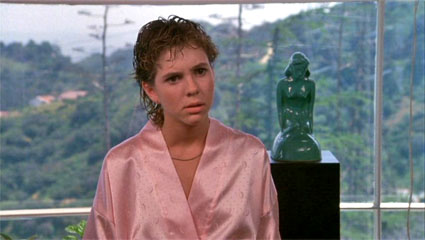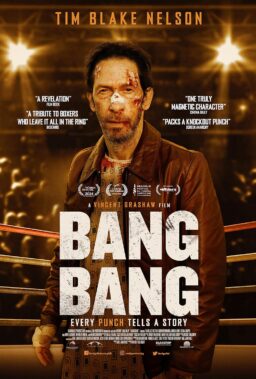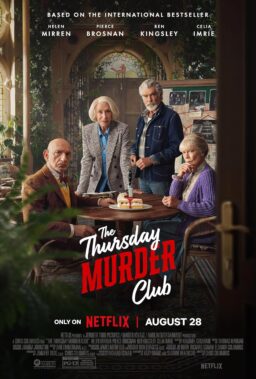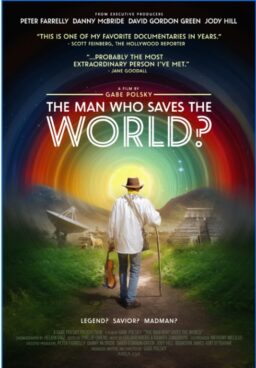A young black boy deemed suspicious for wearing a hoodie. A black head of state depicted as a primate. Extremist political parties masking bigotry behind nationalism. Google the word “racism” and you’ll find a vast array of news items showing that this most basic form of bigotry is alive and well.
There have been many films big and small which have addressed the subject. But only one comes to mind with racism as an actual character: the controversial drama “White Dog,” directed by Samuel Fuller, based on the novel by Romain Gary.
The film tells the tale of a stray white german shepherd, which is found and adopted by a struggling Hollywood actress named Julie Sawyer (played by Kristy McNichol). She fears for the dog’s well-being, not wanting it to be put to sleep. When she is assaulted, she witnesses first hand the dog’s protective yet ferocious nature.
She reciprocates with a maternal perseverance, unaware of the dog’s secret. And at a film shoot, she discovers something horribly wrong with her protector. Not the type to give up on someone who may have saved her life, she brings the dog to an animal trainer named Carruthers (played by Burl Ives), who tells her that her pet is beyond salvation.
Though Carruthers wants no part of the beast, his partner Keys (Paul Winfield) is more than eager to do so, becoming a noble Ahab attempting to tame this “white whale.” From then on, the movie becomes a contest of wills.


The film garnered much notoriety during its production. Though we have the benefit of hindsight, we mustn’t forget its context. American race relations were hardly as progressive as they are today. Ongoing events at the time, such as the murders of young black children in Atlanta, were so fraught with danger that two African-American consultants were brought in to review the film before its release, ending with a split-decision. After mixed test-runs around the country, the film was never officially released until 2008. A decision that affected Samuel Fuller so deeply, that he moved to France, never to direct another American film.
The movie’s story is very straightforward, and in many ways unremarkable. Film critic Fernando Croce correctly observed how it resembles a, “Part marauding-animal horror movie, part after school special, part agitprop.” With its underwhelming lead, B movie elements, loose ends and convenient plot points, it can be very easy to overlook the film’s strengths.
The movie’s suspense is palpable, drawing upon every person’s fear of being attacked by a rabid animal. You can’t get more scared than seeing someone stick their hand out or expose themselves to something with sharp teeth.

Its weaving of striking and symbolic imagery evokes bigotry in a manner that isn’t sanctimonious or heavy-handed, but nuanced and insidious. White canine fur streaked in blood in the comfort of her owner. A violent mauling occurring against the backdrop of a cinematic facade. Demonic fangs facing a stained glass window of St. Francis of Assisi (a divine/human master of beasts). A seemingly kind old man with his two young granddaughters revealed to be the dog owner. These moments along with others are just a few of the figurative ideas which Samuel Fuller uses to get his big picture across.
It holds a memorable performance by the great Paul Winfield not so subtly named as Keys, embodying that noble archetype that was Morgan Freeman-like before Morgan Freeman. And there is Ennio Morricone’s cunning score, providing dread and sad reflection whenever it arises.
And finally, there is that finale. An ending so magnificently composed and transcendent that it turns the film and its beautiful title character into something completely different. Samuel Fuller has often been described as one with tabloid sensibilities. But in “White Dog’s” last sequence, he reveals his full talents as a filmmaker, transforming this Moby Dick type storyline, into a personification of racism itself. Stealthy, seductive, and sometimes pure in appearance. But ultimately brutal, insane and ugly.
Can it be unlearned? Or does it forever imprison those it sinks its teeth into?











